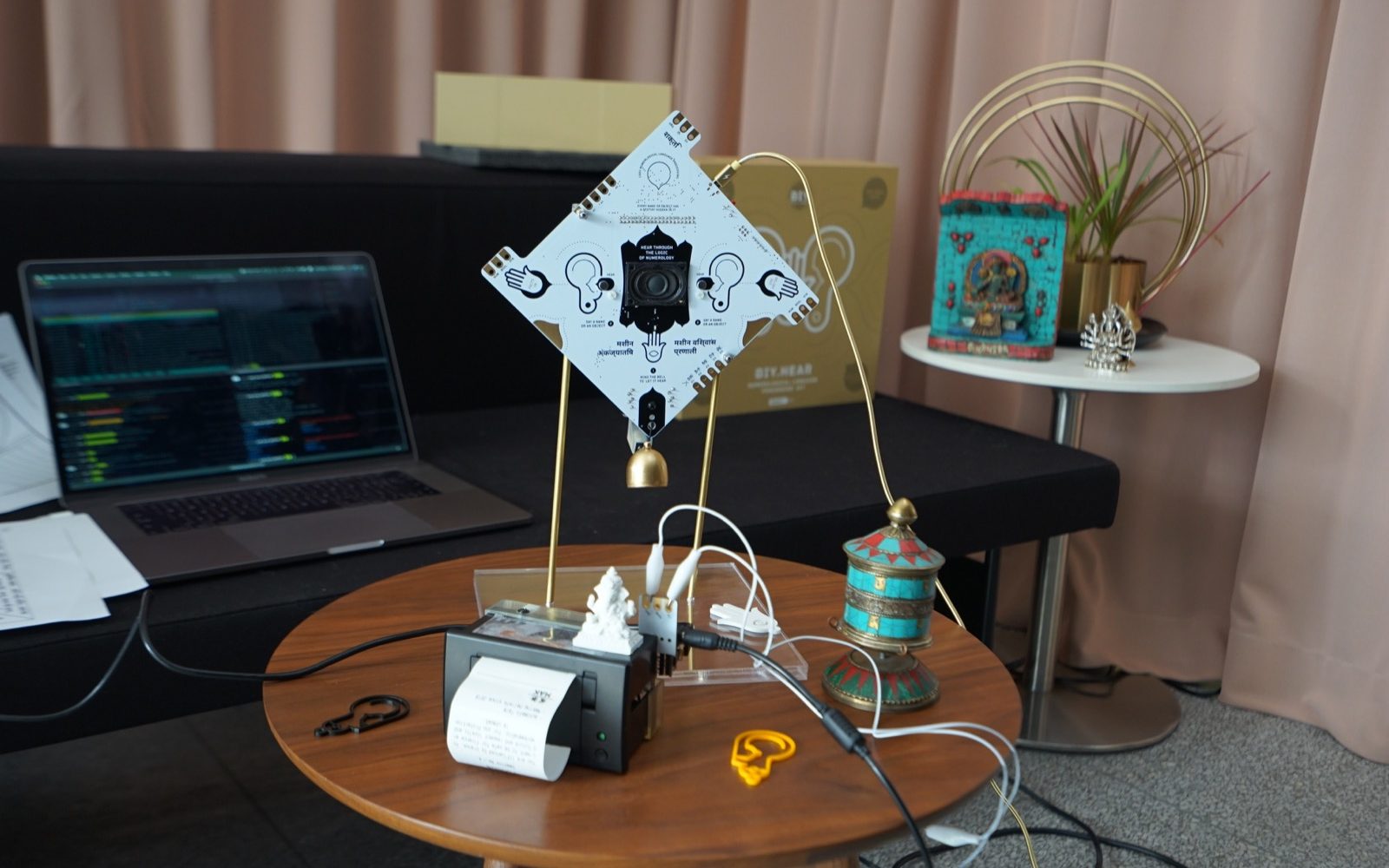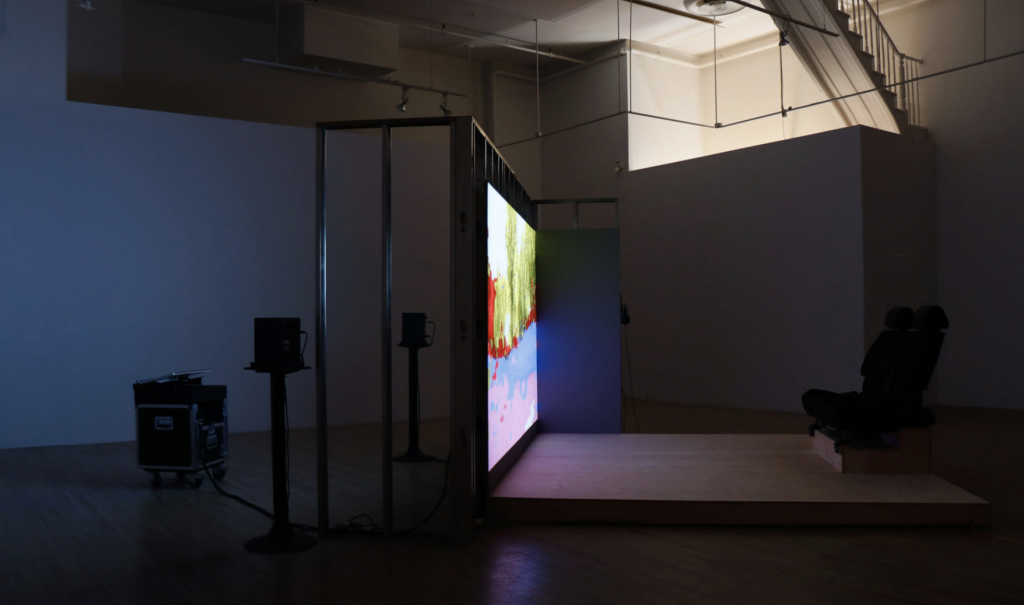The piece that I chose to focus on is called the Last Gun by Constantine Zlatev, with collaborators Kostadin Ilov and Velina Ruseva. Zlatev is a San Francisco based artist working primarily with disassembled materials to create sculptures.
This piece is made from a disabled shotgun and other industrial parts. The shotgun has been transformed into a double barrel flute and is played by moving compressed air through the structure. Using programming, the sculpture charts the rise and fall of US arms exports and translates that information into music. When the yearly exports of arms increases the flute is programmed to play a somber tune, and when exports drop the sculpture plays upbeat music. The piece is controlled through open source electronics, an Arduino microprocessor and a Raspberry Pi board.
I find the experience of this piece to be really interesting. Obviously, the shotgun cannot fire, but the mechanism used to push compressed air through the flute does have a very jarring sound. The combination of these quick shot like noises combined with the tune of the flute makes for a very interesting sound environment.
The artist writes in his bio that his work is heavily grounded in historical, social and political significance, in addition to his own personal life experiences. What I found very interesting was that he states that a lot of his work is about having ideas and then having an irresistible need to see them realized. This piece definitely feels like a spur of the moment idea that came to fruition, so I think that it’s cool that his process doesnt seem too serious.
![[OLD FALL 2019] 15-104 • Introduction to Computing for Creative Practice](../../../../wp-content/uploads/2020/08/stop-banner.png)





